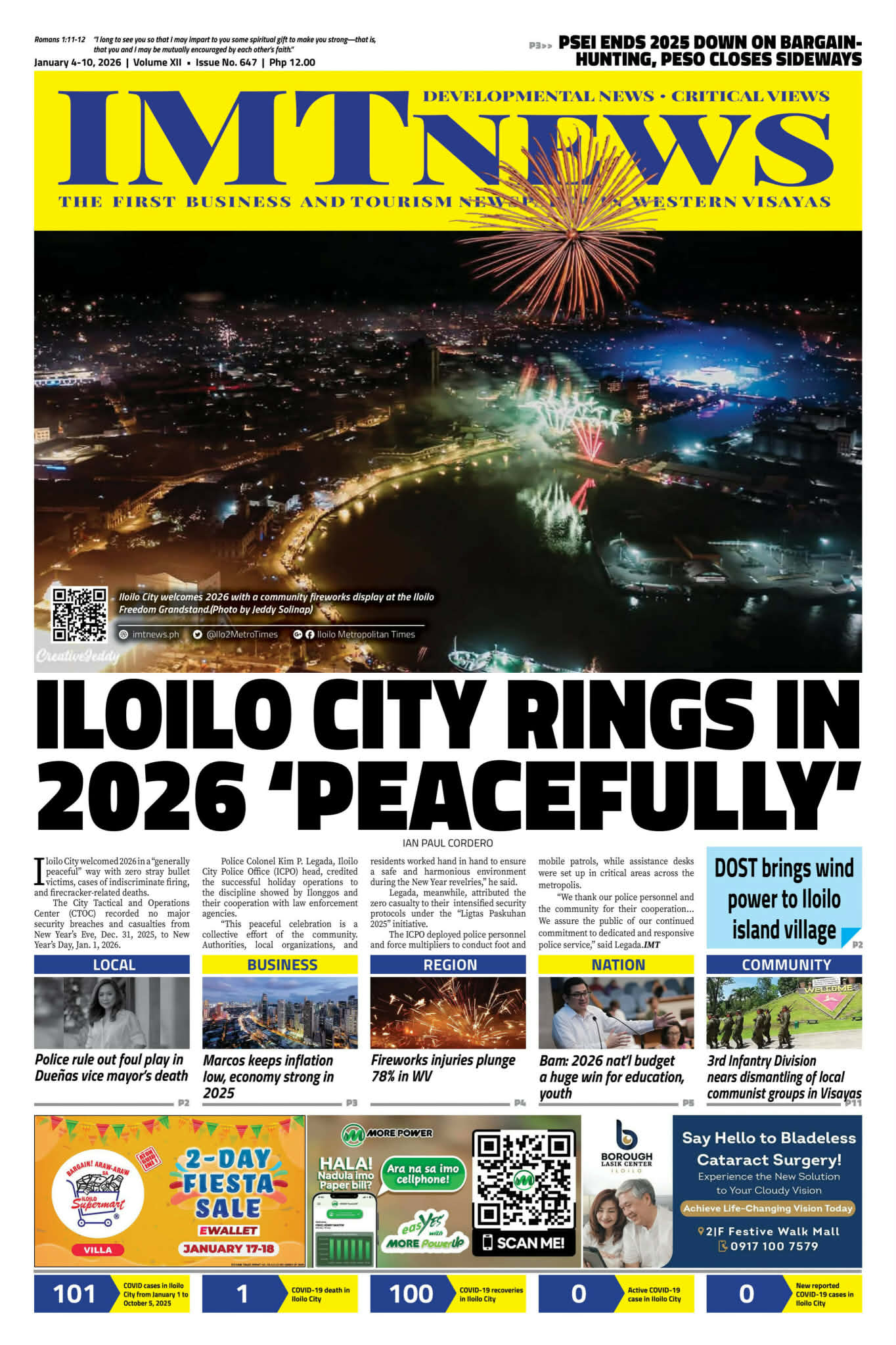The PISA results are out, and the message is hard to ignore. Filipino learners are not just behind in math, reading, and science—they are also struggling with creativity. In the latest international assessment, the Philippines landed in the bottom four out of 64 countries for creative thinking. Our 15-year-olds averaged a score of 14, far below the global average of 33. In contrast, Singapore topped the list with a score of 41. Only 3.4% of our students reached a high proficiency level, while a third scored at the lowest level.
To many teachers and parents, this is not surprising. Ask a high school teacher trying to do group work or an open-ended activity—many students hesitate to go beyond what is safe. It is not because they lack interest. PISA data shows our students are among the most curious globally. Over 80% say they enjoy learning. But that eagerness does not seem to blossom into original ideas. There is curiosity, but it gets stuck somewhere along the way.
This disconnect is frustrating. The Department of Education has pushed for creativity and critical thinking in its programs—from MAPEH to Learning Action Cells to “creative school” initiatives. Teacher training and the Philippine Professional Standards for Teachers have also emphasized innovation. But the outcomes are not lining up. Something is getting lost between intention and execution.
Experts like Diego Luna Bazaldua from the World Bank suggest we go back to basics. Solid literacy and numeracy skills are the roots of creative thinking. Countries like Vietnam and Ireland improved student outcomes by shifting from rote content to competency-based learning. But curriculum reform alone is not enough. It has to be supported by training, materials, and classroom culture. Otherwise, it is like overhauling a jeepney’s design without teaching anyone to drive it.
Take a typical classroom task. A Grade 9 student in Iloilo is asked to design an eco-friendly home. Instead of coming up with an original concept, the student pastes a Google image, adds a solar panel clipart, and turns it in. The result meets the rubric but shows little creativity. The student could probably do more, but the system favors safety and speed. Teachers, stretched thin, often have no time to coach trial and error.
Encouraging creativity takes patience, trust, and space for failure. But many classrooms are wired for compliance. Even the best teachers sometimes have to rush through modules. But creativity, as Hess Cognitive Rigor Matrix author Karin Hess notes, grows when students build knowledge, not just recall it. That means crafting lessons where they can explore, imagine, and problem-solve—not just pick from choices A to D.
Creative thinking can be taught. It just needs the right environment. Researchers like Fred Newmann (2007) found that students produce original work when they are allowed to solve problems that matter to them and create things that go beyond school. A good example? Let them design a community campaign against food waste. Real-world tasks invite deeper thinking, collaboration, and a sense of purpose.
Of course, there are challenges. Class sizes are large, resources are limited, and teachers are overloaded. But there are bright spots. Some schools are using project-based learning or design thinking. I know a school in Iloilo City where students and teachers are trying to co-create rubrics for assessing creative projects like poetry and podcasts. These are not nationwide solutions yet, but they show that change is possible.
At the national level, long-term support is key. This means investing in early childhood education, improving teacher preparation, and aligning curriculum with real-world demands. The World Bank and EDCOM 2 also stress the need for coherence across materials and teaching strategies. Creativity should not be an add-on. It should be baked into the system.
The language of instruction is another consideration. Some argue that students might do better if assessed in their mother tongue. But World Bank experts say language alone is not enough. What really matters is a supportive learning environment where students feel safe to ask questions and explore ideas. Language helps, but culture counts more.
Creativity goes beyond drawing or dancing. It is about solving problems, adapting, innovating, and building new things from old parts. Whether reimagining transport, redesigning elections, crafting a marketing plan, or fixing a barangay issue, creative thinking connects ideas to action. That is the kind of graduate we need.
So where do we go from here? The low PISA scores are a wake-up call. But they are not a verdict. Our. learners have the spark. What they need is more paper, more ink, and more faith from the system. Let them try, fail, reflect, and try again. Not just to pass a test, but to shape a future that needs new ideas more than ever.
Creativity is not a prize. It is a tool for building the world we want to live in.
Doc H fondly describes himself as a ”student of and for life” who, like many others, aspires to a life-giving and why-driven world grounded in social justice and the pursuit of happiness. His views do not necessarily reflect those of the institutions he is employed or connected with.







